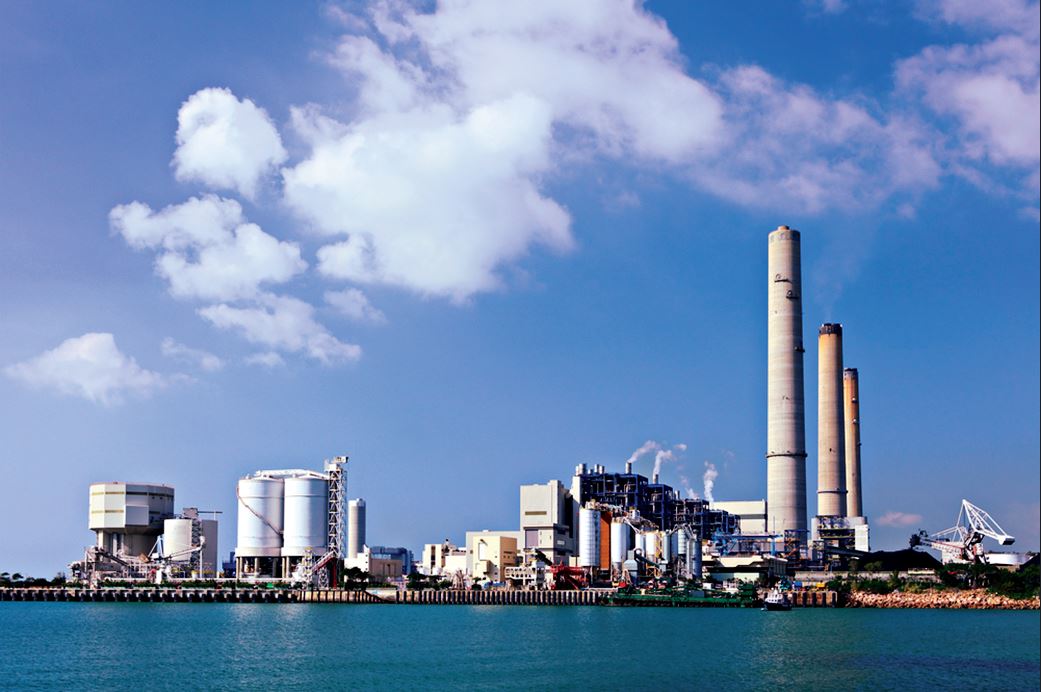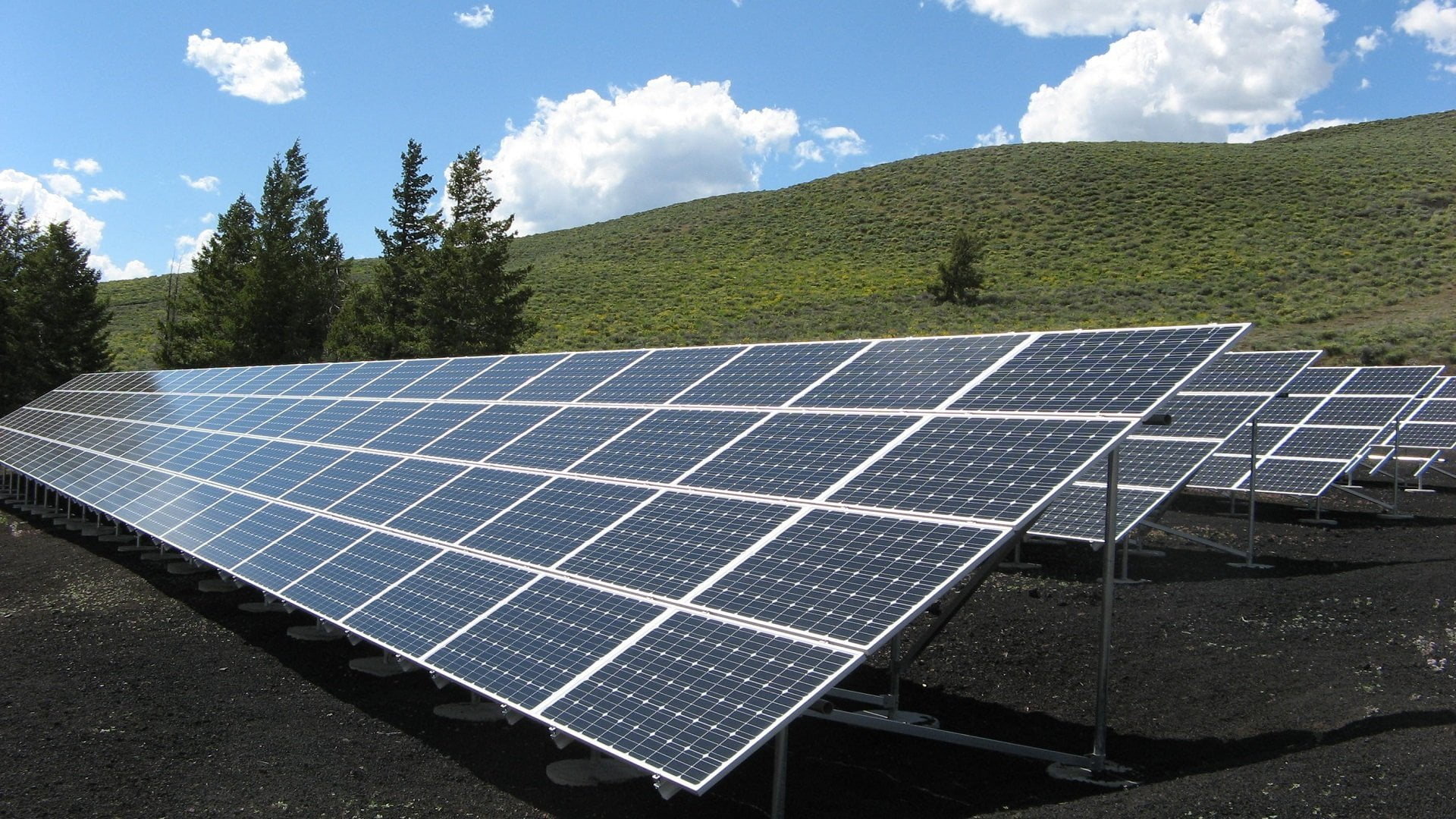The National Energy Market’s Reserve Trade Demand Response mechanism was not enough to prevent a power blackout in Victoria in January, and the breakdown of a number of coal-fired plants contributed significantly to the problem.
The question everyone is asking is Why did the Reliability and Emergency Reserve Trader mechanism not provide enough energy capacity to avert a power blackout?
The simple answer is that AEMO did not foresee the extent of demand during the heatwave, even though it had predicted a 31 percent chance of this happening in its Electricity Statement of Opportunities report last September.
Just days before the January blackout, Australian Market Operator Audrey Zibleman was quoted on television saying that the market was ready to respond to the heatwave which scorched South Australia and Victoria.
RERT fell short by 100 MW and 250 MW during heatwave leading to power blackout
On 23 January, AEMO activated the Reliability and Emergency Reserve Trader mechanism where energy users can voluntarily power down against payment in what is known as ‘Demand Response’.
This measure kicked in, but it was still not enough to supply excess demand which was created by sweltering conditions. As a result, AEMO ordered Victoria’s biggest energy user – the smelter Alcoa Australia to power down for an hour to free up an extra 400 MW of power. Alcoa receives state subsidies.
On 25 January, the RERT kicked in again, but this time it was not enough to prevent a load shedding incident which left 200,000 homes without power.
How does the RERT work?
The RERT is essentially a form of ‘demand response’ where businesses sign up to a programme where they can curtail their energy use at times of crisis and be paid for it against payment.
On 23 January, Alcoa was ordered to power down outside the rules of the RERT – of which it is a member – without payment.
Businesses that are members of the RERT power down when they are notified that extra supply is needed. The electricity they would have used is then freed to be dispatched to other parts of the network that desperately need it to avoid a power blackout.
Some businesses own onsite generators and batteries, which they can switch to. Others simply power down or switch to other tasks which are not so energy-intensive.
Why did the RERT fail?
Put simply, the amount of energy that was freed up by the RERT scheme was simply not enough to keep up with demand, mostly due to people cranking up their air conditioners.
Just before 7 pm on the 23 January, a supply shortfall of 100 MW remained, even after AEMO exhausted all options under the RERT demand response scheme. As a result, Alcoa was ordered to power down.
On 25 January, the RERT failed even more spectacularly and this time, it was impacted by the knock-on effect of three coal generators failing.
AEMO confirmed that during peak demand it needed to find 250MW of energy and this was done by shutting off power to between 60,000 and 100,000 customers at any time.
Three-hour power blackout
The power blackout went from about 12 pm to 3 pm and was necessary to “protect the power system during record-breaking high temperatures, high demand and reduced generation availability”, a statement said.
During the blackouts, about 100 traffic lights were not working Melbourne and Geelong.
Coal power fails

Two generation units at Loy Yang A went down during the crisis due to tube leaks with repairs expected to take about three days.
One unit at Yallourn went offline after leaks were found in one or more boiler tubes.
Victorian Energy Minister Lily D’Ambrosio said three units at the coal-fired power stations Yallourn and Loy Yang A were not working.
“This means we can’t rule out brownouts,” Ms D’Ambrosio said. “We have ageing coal-fired power stations. They are becoming less reliable.”
How did renewables fare during the crisis?
Peter Farley – fellow of the Institution of Engineers – wrote on Renew Economy that in the last 30 days wind supplied 6.4% of Victoria’s power. At 11:30 on Friday 25 January it supplied 6.4% of the power.
- In the last 30 days large scale solar supplied 1.4% of Victoria’s power at 11:30 on Friday it was supplying 2.1%.
- Brown coal supplied 74.1% of Victoria’s power over the last 30 days but when it was needed it dropped to 31% at 11:30.
- In the critical 11:30-2:30 time period Victoria energy minister Lily D’Ambrosio was confident that the coal generators, which have had $100’s of millions spent on them over the last 3 years, would perform somewhere near capacity. She was mistaken. 38% of coal capacity went offline.
- On Friday from 8:00 AM to 8:00 PM wind provided 6.9% of energy in Victoria and utility solar 2.2% i.e. wind and solar supplied more than their average share. In contrast, brown coal which has supplied 74% of Victoria’s power over the last 30 days only managed 34%.
- Over the critical period of 10:45 to 2:45 Friday in Victoria, solar provided 2%, wind 5.3% of power and brown coal 31.6%. Solar was slightly above average as expected, wind output was 82% of the 30-day 24-hour average although as wind is normally at its lowest between 11 and 4. the wind share at that time was possibly above average also.
- In contrast, coal slumped to 42% of its 30-day share
- From 7 AM to 9 PM wind and solar combined varied between 6 and 11% of supply, vs their monthly average of 7.9%. After the sun went downwind was not less than 10%
What else contributed to keeping the lights on?
Retailers Diamond Energy, Powershop and Flow Power, distribution group Citipower/Powercor/United Energy and energy management firms Reposit Power and Greensync stood by to reduce their load and send surplus power from batteries and other onsite resources back to the grid.
Snowy Hydro fired upon its 300 MW Valley Power gas peaking plant to help ease the supply squeeze.
The SA government switched on its emergency diesel generators for the first time at AEMO’s request.
Futureproof your business against blackouts – book your Free Solar Consultation today!
Want to learn more about how you can futureproof your business against blackouts? Considering solar, but getting lost in the noisy chatter?
Book your FREE SOLAR CONSULTATION today. Our energy management consultants will advise you on the best rooftop solar system to fit your specific needs.
You can also call us on tel: 1 300 852 770 or send us an email on info@leadingedgeenergy.com.au.

















